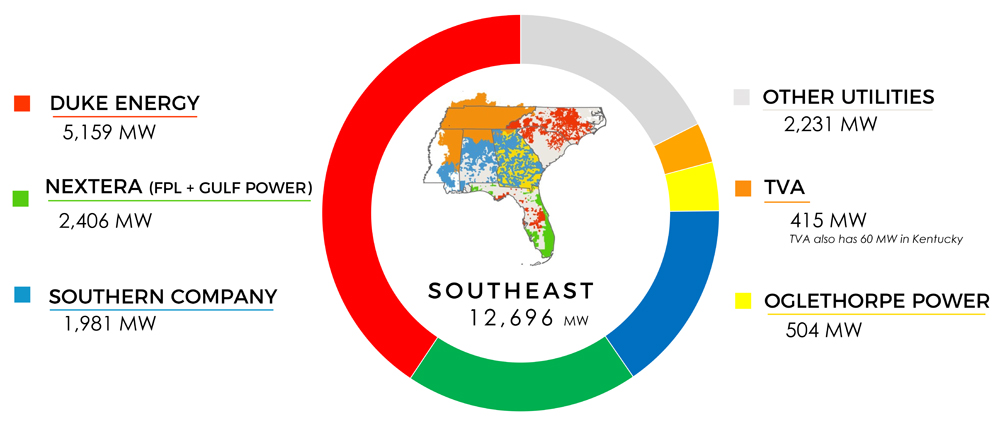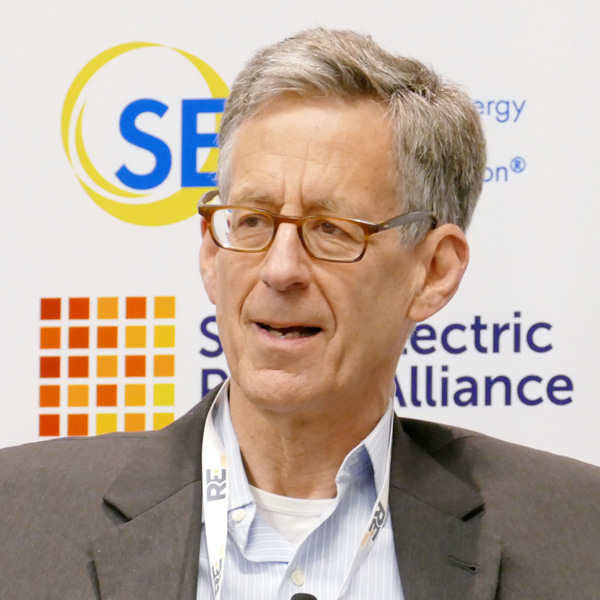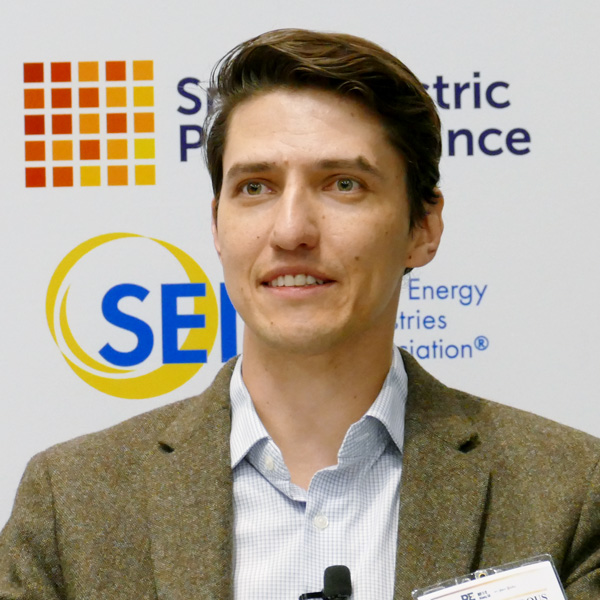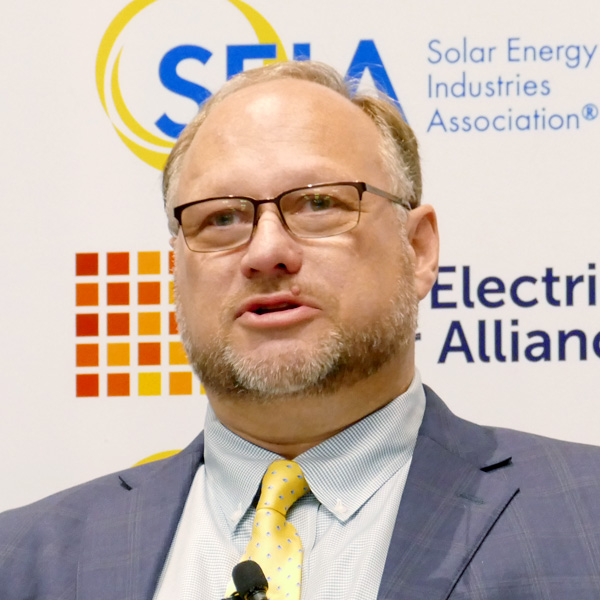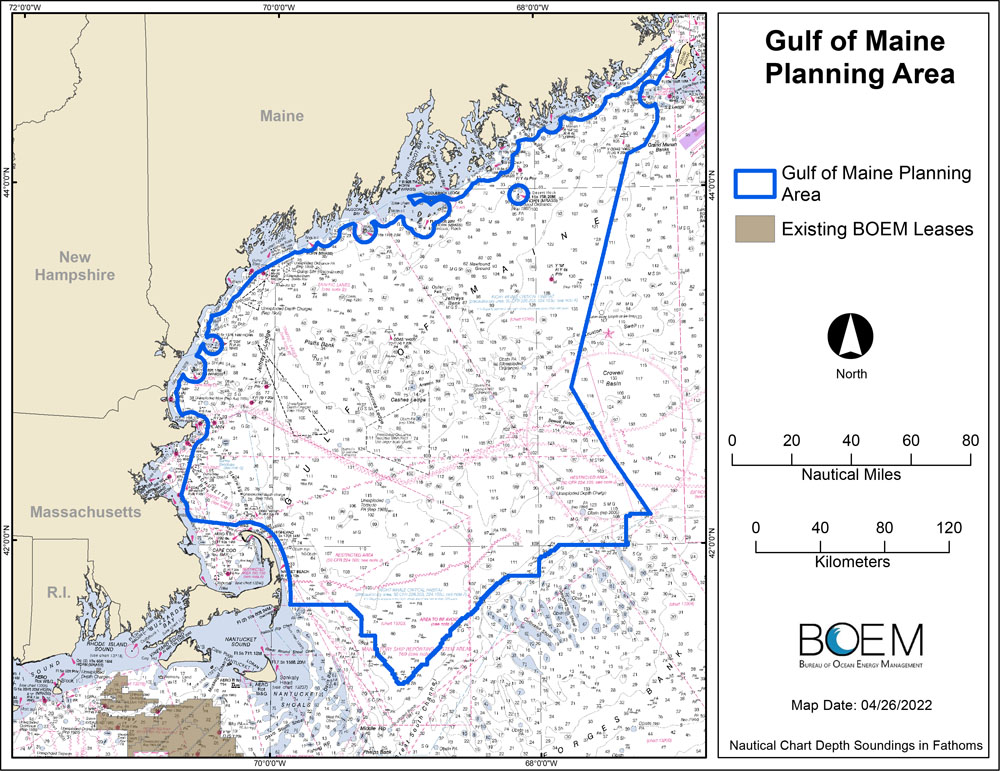 Bob Kahn, TMPA | Texas RE
Bob Kahn, TMPA | Texas RE
Former ERCOT CEO Bob Kahn on Wednesday said he hopes Texas regulators and lawmakers continue to focus on reliability as they move ahead with changes to the state’s power market.
Addressing the Texas Reliability Entity Board of Directors’ quarterly meeting, Kahn said the market is working well and that suggestions for a capacity market — a verboten concept in Texas — or even a capacity-light market would do little to help reliability.
“I don’t know how much it might increase reliability, but I think it would increase costs for ratepayers,” he said. “That’s a big concern for the commission and all of us who want to keep rates as low as possible. We just need to make sure there’s enough money out there for the generators.”
Kahn noted that ERCOT’s energy-only market is dependent on high prices during scarcity periods, the theory being that those prices will compensate generators that are running and incent more to be build. However, the Public Utility Commission last year dropped the $9,000/MWh cap to $5,000/MWh when prices stayed at their limit for more than four days during the winter storm. ERCOT’s conservative operations approach, in which it procures more reserves than it previously had, has also reduced scarcity.
“The more reserves you have, the more it impacts scarcity. Generators are counting on those few hours a year,” Kahn said. He also argued that operating reserves are suppressing market prices, an opinion shared by others in the market.
Kahn, who served as ERCOT’s CEO for almost two and a half years (2007-2009) and was a director on the grid operator’s early Board of Directors (2002-2006), was involved in the energy-only market’s construct from the very beginning. He recalled a market-design meeting in the 1990s that was crashed by Texas Lt. Gov. Bob Bullock.
“He said five words: ‘This is all about money.’ He was right.” said Kahn, now general manager of Texas Municipal Power Agency, a nonprofit owned by its four-member cities of Bryan, Denton, Garland and Greenville.
Staff in ‘Shields-up’ Posture
Texas RE CEO Jim Albright said the organization is maintaining a “shields up” philosophy against cyber threats, and he encouraged the industry to do the same.
“Given what’s going on overseas and the uptick in ransomware across the world, as tensions get high, we should be on high alert,” he said. “The major alerts coming out this year are from Russian state sponsored cyber threats. So obviously, given what’s happening overseas, there’s been an uptick.”
Albright said the federal Cybersecurity and Infrastructure Security Agency’s cyber alerts this year are on pace to pass last year’s. Seven of those have come out of Russia, he said.
“There’s a lot of ransomware and a lot of malware. … They’re exploiting basically vulnerabilities,” Albright said. “Some of the big ransomware, the big players, if you will … started back in 2017, and we’re still seeing these type of things in the United States.”
Registered Entities up to 289
Staff told the directors that Texas RE has added 38 registered entities since 2020. It now has 289 registered entities in 516 functions. (Entities can register in any of six functions.)
The board approved its 2023 business plan and budget and a clean audit of its financial statements. The budget, up 3.3% to $17.7 million from 2022’s $17.2 million budget, will be sent to FERC and NERC in June. Texas RE’s statutory assessment in 2023 will be $17.2 million, a 14.3% increase from the 2022 assessment of $15 million.
The RE’s 2022 workplan has five focus areas:
- expand a risk-based focus in standards, compliance monitoring and enforcement programs;
- assess and accelerate steps to mitigate known and emerging risk to reliability and security;
- build a strong Electricity Information Sharing and Analysis Center-based security capability;
- strengthen engagement across North America’s reliability and security ecosystem; and
- promote effectiveness, efficiency and continuous improvement.
